Insights
Is Your Website a Salesperson or a Static Brochure?
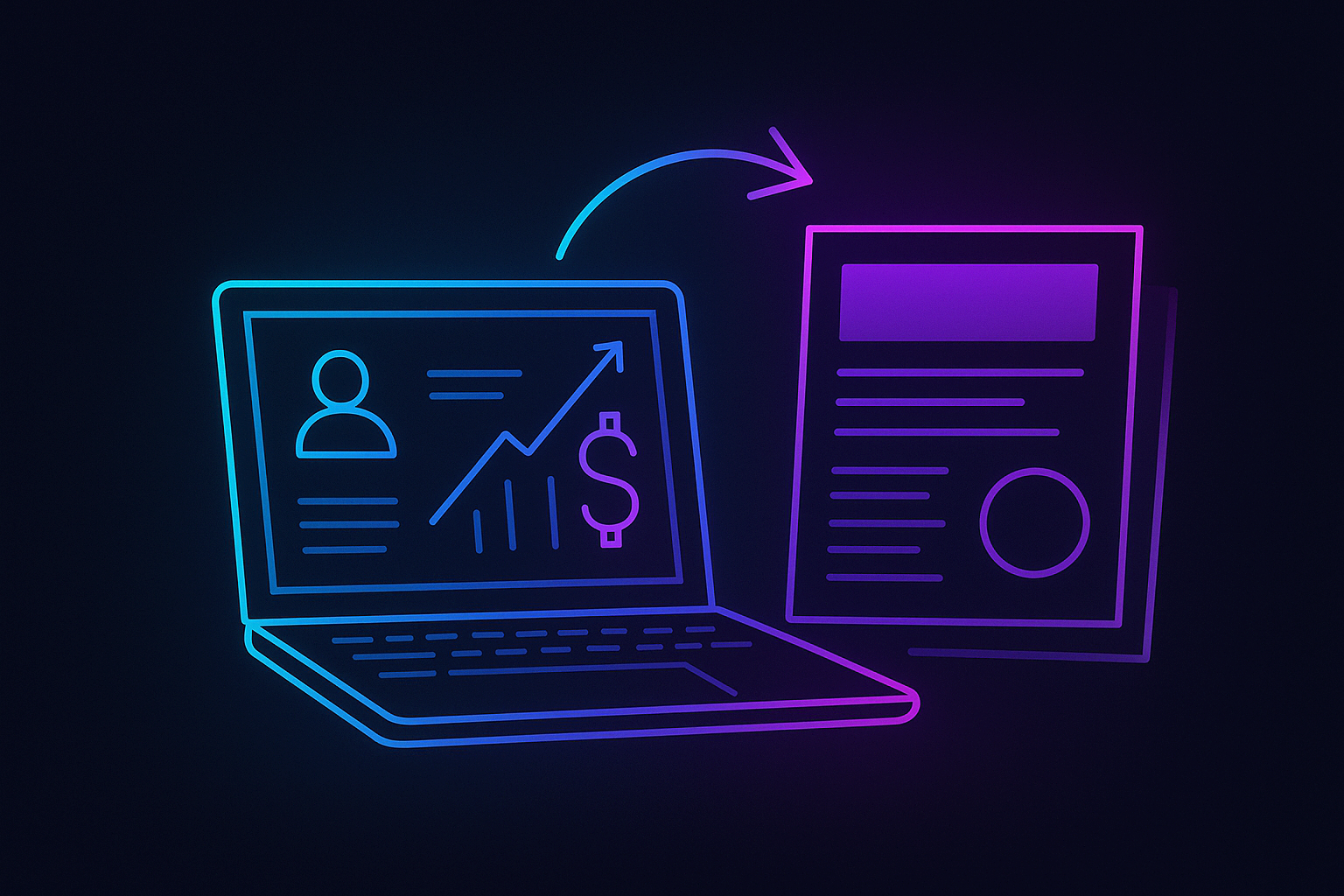
Key Takeaways
- Treat your website like a quota-carrying rep with OKRs tied to pipeline and revenue
- Real-time personalization drives 40% of revenue for fastest-growing companies
- AI concierges handle 80% of pre-sale questions and measurably increase upsell
- Interactive demos and CPQ slash sales cycles by 27% across B2B
- Shoppable video achieves 12% conversion rates with sub-3% returns
- ABM at the edge delivers 2-3x higher pipeline-to-close rates
- Evolutionary optimization beats A/B testing with up to 50% conversion lifts
- Sub-100ms load times increase mobile conversions by 7-11%
Your website should hit quota - why static sites are killing your pipeline
Let's be honest - is your website earning its keep or just sitting there looking pretty? Most B2B sites are glorified business cards. Static. Boring. Useless. Meanwhile, the top performers treat their sites like the best salesperson on the team. They give it a quota, track its pipeline contribution, and fire it if it doesn't perform.
Think I'm being dramatic? 40% of revenue at the fastest-growing companies now comes from real-time personalization. Not "Hi {FirstName}" nonsense - actual behavioral triggers that adapt in milliseconds. Your static site is competing against AI-powered revenue machines, and it's not even close.
Here's what changes when you shift mindsets. Stop measuring sessions and bounce rates. Who cares? Start tracking pipeline generated per visitor, average contract value influenced, and lifetime value driven by site interactions. Every layout change, every micro-interaction, every API call needs to justify its existence against these numbers.
Magnet's website solutions help companies make this transition without the usual 12-month death march. But here's the kicker - it's not about the tech stack. It's about treating your website like it has a number to hit. Would you keep a rep who just handed out brochures all day? Then why is your website doing exactly that?
One SaaS company we worked with made this shift last year. They tied their site's performance review to pipeline metrics. Result? 237% increase in marketing-qualified pipeline within six months. Not because they redesigned anything - they just started treating pixels like they mattered to the bottom line.
Real-time intelligence beats any CMS - building your data nervous system
Your CMS is dumb as rocks. There, I said it. It doesn't know who's visiting, what they care about, or how close they are to buying. It just serves the same content to everyone like it's 2010. Meanwhile, your competitors are building real-time intelligence systems that react faster than human sales reps.
What does real intelligence look like? First, event streaming at sub-second latency. Every click, scroll, hover, and hesitation gets captured and processed in under 200 milliseconds. That data resolves to a unified profile instantly - not in some overnight batch job that runs while you sleep.
But here's where most companies screw up - they focus on third-party data that's about to disappear anyway. Smart brands are harvesting zero-party data through quizzes, preference centers, and progressive profiling. The opt-in rates? 2x higher than those tired gated PDFs everyone ignores.
Magnet's analytics expertise and custom software solutions help brands build these nervous systems without starting from scratch. The trick is progressive profiling - asking one question at a time over multiple visits. Conversion lifts average 20% while data quality actually improves.
Think about your current setup. How long does it take to know someone's been to your pricing page three times this week? If the answer is "we can pull a report tomorrow," you're already losing deals to companies that know in 200 milliseconds.
AI agents that actually close deals - beyond basic chatbots
Remember when chatbots were those annoying popups that couldn't answer anything useful? Yeah, those days are dead. Modern AI agents are closing deals, booking meetings, and handling complex technical questions better than junior sales reps. And they never take lunch breaks.
Look at what's happening - 54% of shoppers now start with a chatbot. Not because they want to, but because the good ones actually solve problems. Modern bots fully resolve queries 69% of the time. That's not deflection - that's resolution. Walmart's Super Agents handle 80% of pre-sale questions and drive measurable upsell.
But here's the secret sauce nobody talks about - LLM referral traffic. Visitors coming from ChatGPT-style interactions convert at materially higher rates than organic search. Why? Their intent is crystal clear. They've already had a conversation about their problem.
Magnet's AI solutions and conversion optimization strategies focus on building agents that actually understand your business. Here's the implementation checklist that works:
- Embed an LLM-grounded chat layer trained on your actual product docs, not generic scripts
- Expose a JSON Actions API so the agent can create carts, generate quotes, and book demos directly
- Feed conversation transcripts back into attribution models - this data is gold
One enterprise software company implemented this stack and saw their sales team's calendars fill up. The AI was booking 43% more qualified demos than their forms ever did. Think about that - the robot was outselling the website.
Kill the PDF - interactive demos and self-service CPQ
PDFs are where good leads go to die. That 47-page whitepaper you're so proud of? Nobody's reading it. They want to configure their solution, see their price, and understand their ROI - right now. Not after filling out a form and waiting for Brad from sales to call next Tuesday.
Interactive demos and CPQ widgets are slashing sales cycles by 27% across SaaS and manufacturing. Why? Because buyers can actually see what they're buying. Revolutionary concept, right? Companies like PROS and Logik report double-digit pipeline increases after ditching PDFs for interactive experiences.
Here's what actually moves the needle:
- Guided ROI calculators that show real numbers, not marketing fluff
- Real-time pricing hooks that update based on configuration
- Progressive lead capture that only asks for info after they've seen value
Magnet's ecommerce solutions and API development team help companies build these experiences without the typical enterprise software nightmare. The key is starting simple - one product line, basic configuration options, clear pricing tiers.
I watched a manufacturing company replace their "request a quote" form with a real-time configurator. Lead quality jumped 71% overnight. Not because they got more leads - they got fewer. But the ones who made it through had already built their solution and knew exactly what they wanted. Sales just had to close, not educate.
Live video that sells - turning pages into revenue streams
Static product pages are like trying to sell a car with just a photo. Sure, it looks nice, but can you feel the acceleration? Hear the engine? That's why live and shoppable video is eating traditional ecommerce for breakfast.
Adding interactive video boosts on-page conversion up to 80% with 591% more clicks on embedded CTAs versus banners. But here's the real kicker - shoppable video adoption has hit 70% in the US, with brands reporting 12% conversion rates and sub-3% returns. Why such low returns? Because people actually know what they're buying.
The execution isn't rocket science, but most brands still mess it up:
- Autoplay vertical video in viewport with pre-fetched product data (keep latency under 150ms)
- Sync live-stream chat with your catalog so moderators can push purchase links
- Automatically repurpose clips into PDP content and social shorts
Magnet's animation expertise and content management systems help brands implement video without destroying site performance. The trick is treating video like code - modular, reusable, API-driven.
A fashion brand we know went all-in on live commerce last quarter. They embedded streams directly in PDPs instead of creating separate event pages. Smart move. Engaged viewers converted at 4.2x the rate of passive browsers, and their average order value jumped 31%. Turns out people buy more when they can see real humans wearing real clothes in real time. Who knew?
Account-based experiences in milliseconds - ABM that works
Generic messaging is like using a megaphone in a library - loud, annoying, and completely ineffective. Modern ABM engines don't just swap logos on your homepage. They rebuild the entire experience based on who's visiting, what they care about, and where they are in the buying process.
The numbers don't lie - leaders using real ABM see 2-3x higher pipeline-to-close rates. Not because they're better at sales, but because the right message hits the right person at exactly the right time. The tech fuses on-site behavior with third-party intent data and org-chart mapping to create experiences that feel almost telepathic.
Magnet's growth marketing solutions and performance optimization help companies implement ABM without the usual six-figure consulting disaster. The key is starting with your top 100 target accounts and expanding from there.
One cybersecurity company implemented edge-based ABM last year. When enterprise visitors hit their site, they saw compliance certifications, enterprise case studies, and implementation timelines. SMBs saw startup-friendly pricing and self-serve options. Conversion rates? 3.4x higher for personalized experiences. That's not incremental improvement - that's transformation.
Evolution beats A/B testing - AI CRO platforms that learn
A/B testing is like asking "chocolate or vanilla?" when there are 31 flavors. Modern AI optimization platforms don't test two variations - they evolve thousands of UX permutations in real time. And the results are insane.
AI CRO platforms like Evolv report conversion lifts up to 50% versus traditional A/B testing. How? They're not testing - they're evolving. Every interaction teaches the system what works for specific segments, contexts, and intentions. The platform mutates color, copy, layout, even functionality based on what drives results.
The implementation secret? Pipe the engine into your design system tokens. Colors, spacing, typography - everything becomes a variable the AI can adjust within brand guidelines. No more "red button vs blue button" tests that take six weeks to reach significance.
Magnet's UI/UX design team and design systems expertise help brands implement evolutionary optimization without creating Frankenstein sites. The key is setting clear boundaries - let the AI optimize within your brand standards, not despite them.
I've seen this work miracles. An enterprise software company let their AI optimizer run wild on their demo request flow. Six weeks later? 47% more completed forms. Not from one big change - from thousands of tiny optimizations that compound. The submit button moved 12 pixels. The headline got 4% larger. The form fields reordered based on user type. Individually meaningless. Together? Game-changing.
Speed is money - edge delivery that converts
Every millisecond of delay is a tiny sales rep quitting. Sounds dramatic? It's math. Sites keeping TTFB under 100ms see 7-11% higher mobile conversions. In a world where half your traffic is thumbing through while waiting for coffee, speed isn't just nice - it's survival.
Edge runtimes like Cloudflare Workers and Vercel Edge Functions aren't just trendy tech - they're revenue accelerators. Rendering personalized HTML in ~50ms means your customized experience loads faster than your competitor's generic homepage. Edge computing benefits compound when you combine them with the personalization strategies above.
Magnet's technical SEO and JAMstack expertise help companies move to the edge without rebuilding everything. The trick is starting with your highest-impact pages - usually checkout and product pages - then expanding.
A B2B marketplace we worked with moved their personalization engine to the edge. Result? Page loads dropped from 2.3 seconds to 580ms. But here's the real win - mobile conversion jumped 19% and their Cost Per Acquisition dropped 24%. Turns out people buy more when pages load before they lose interest.
Your 90-day transformation roadmap
Enough theory. Here's exactly what to do:
Weeks 1-4: Telemetry Retrofit
- Ship event streaming infrastructure
- Implement unified visitor ID
- Start collecting real behavioral data
- Connect to your CDP or build a simple one
Weeks 5-8: AI Agent MVP
- Train on your top 100 FAQs and product data
- Enable quote generation and demo booking
- Route hot leads directly to sales
- Track conversation-to-pipeline metrics
Weeks 9-12: Edge ABM Implementation
- Detect target accounts at the edge
- Swap hero messaging and pricing dynamically
- Implement account-specific chat routing
- Measure pipeline velocity changes
Day 90: Executive Readout
- Report pipeline per visitor (not just traffic)
- Show conversion lift by segment
- Demonstrate TTFB improvements
- Calculate actual revenue impact
This isn't a one-time project. It's a new way of thinking about your website. Every quarter, pick one element to evolve. Compound the gains. Watch your digital presence transform from cost center to revenue engine.
Your website is either selling or it's dying. There's no middle ground anymore. The question isn't whether to make these changes - it's whether you'll lead the transformation or follow your competitors who already started.
Frequently asked questions
Q: This sounds expensive. What's the real ROI?A: Most companies see positive ROI within 3-4 months. The key is starting with high-impact pages. One client spent $200k on their transformation and generated $1.8M in incremental pipeline within six months. The math works when you tie everything to revenue.
Q: Our sales team says the website doesn't matter for enterprise deals. Are they right?A: Ask them how many deals they've lost to "no decision." Modern B2B buyers complete 67% of their journey before talking to sales. If your site isn't selling, you're not even making it to the shortlist.
Q: We just redesigned our site. Do we need to start over?A: No. This isn't about design - it's about intelligence. Layer these capabilities on top of what you have. Start with analytics and personalization, then expand. Your pretty site can learn to sell.
Q: How do we measure success beyond conversion rates?A: Pipeline influence, deal velocity, average contract value, and customer acquisition cost. One client tracks "revenue per session" as their North Star. Went from $12 to $89 in one year.
Q: What if our tech stack can't support this?A: That's why edge computing exists. You can build intelligence layers without touching your legacy systems. We've implemented this on everything from WordPress to custom enterprise CMSs. Magnet's team specializes in making old tech learn new tricks.
Q: When should we start?A: Your competitors started six months ago. But the second-best time is now. Pick one initiative - usually analytics or chat - and prove the model. Then expand. Perfect is the enemy of profitable.
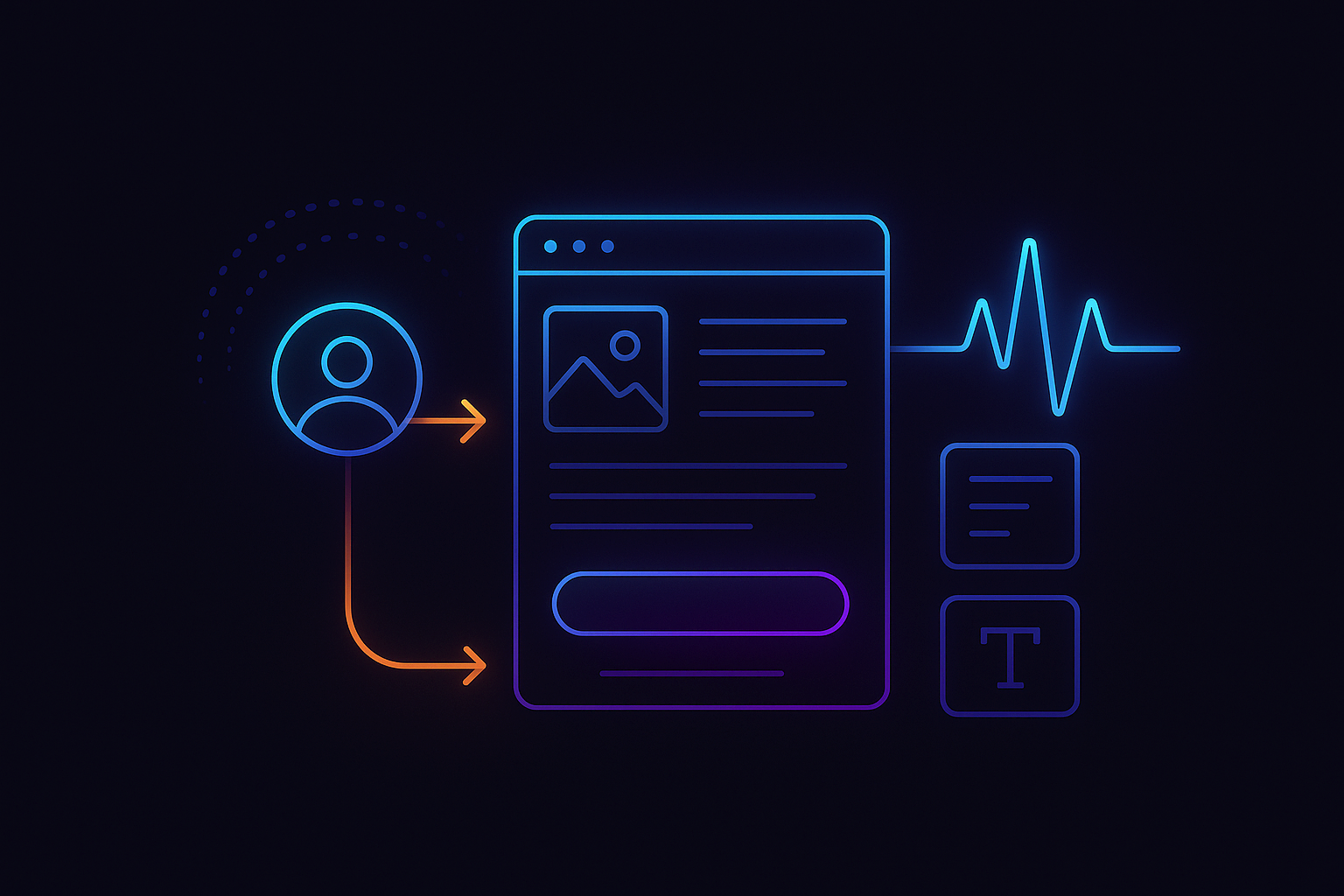
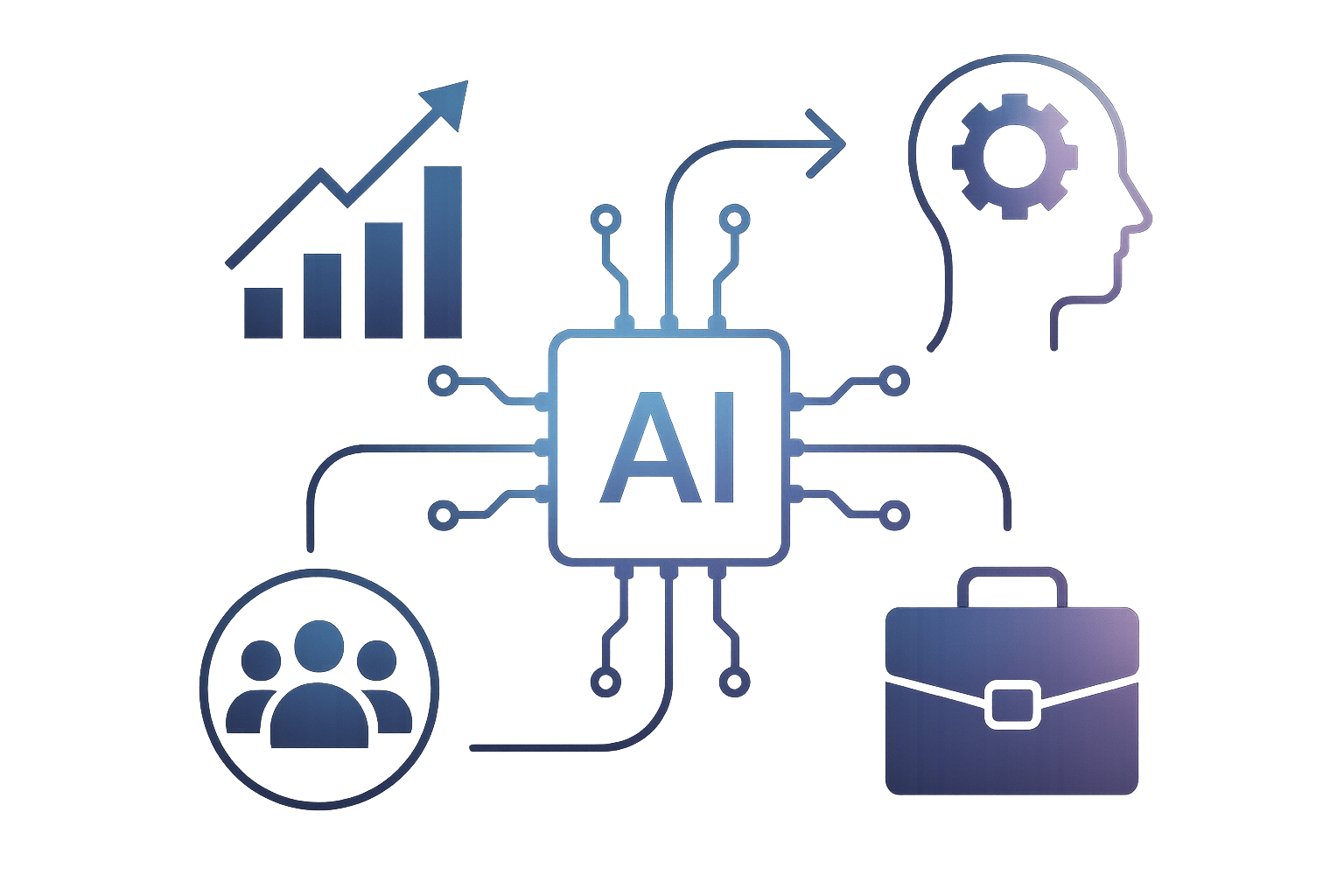
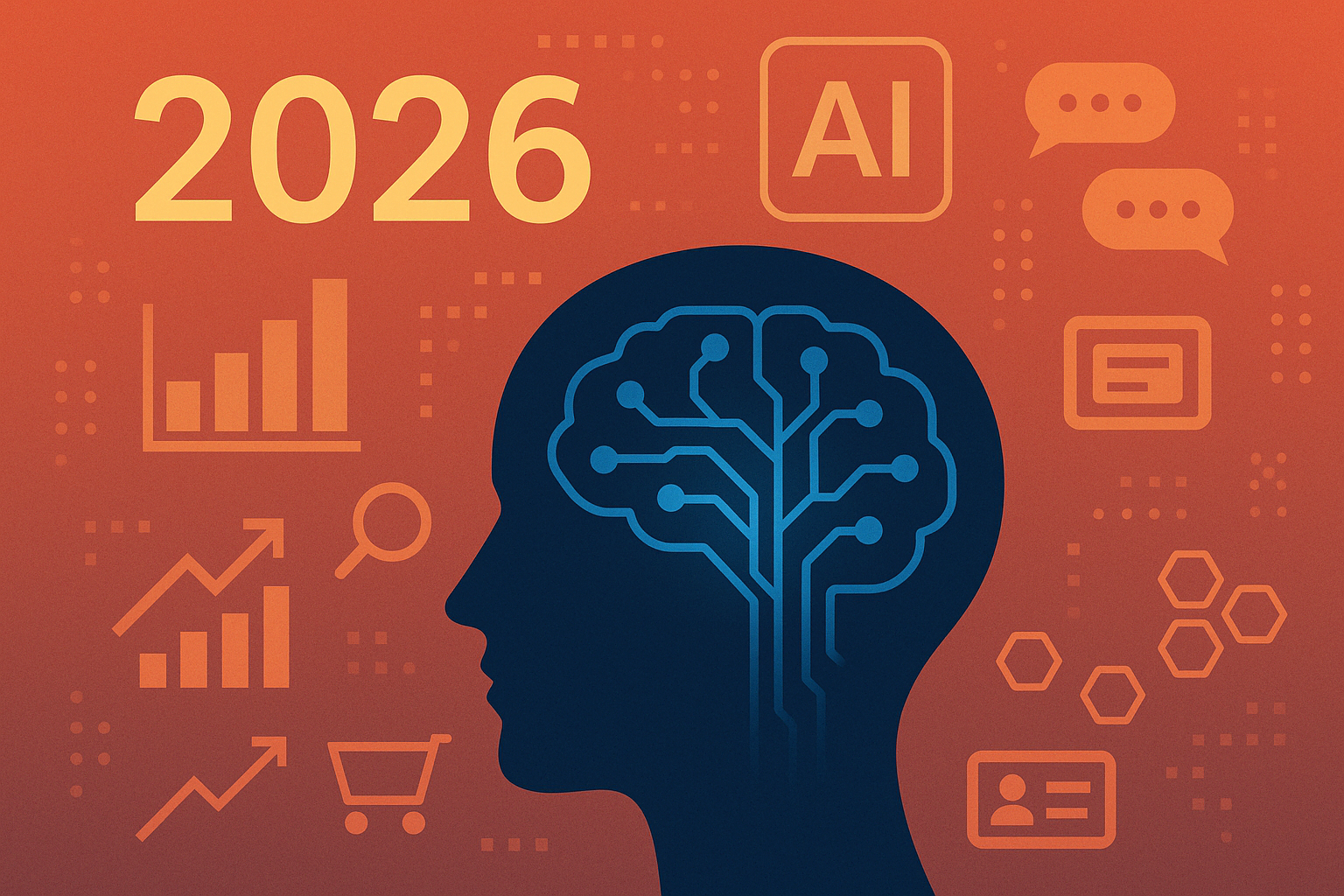


















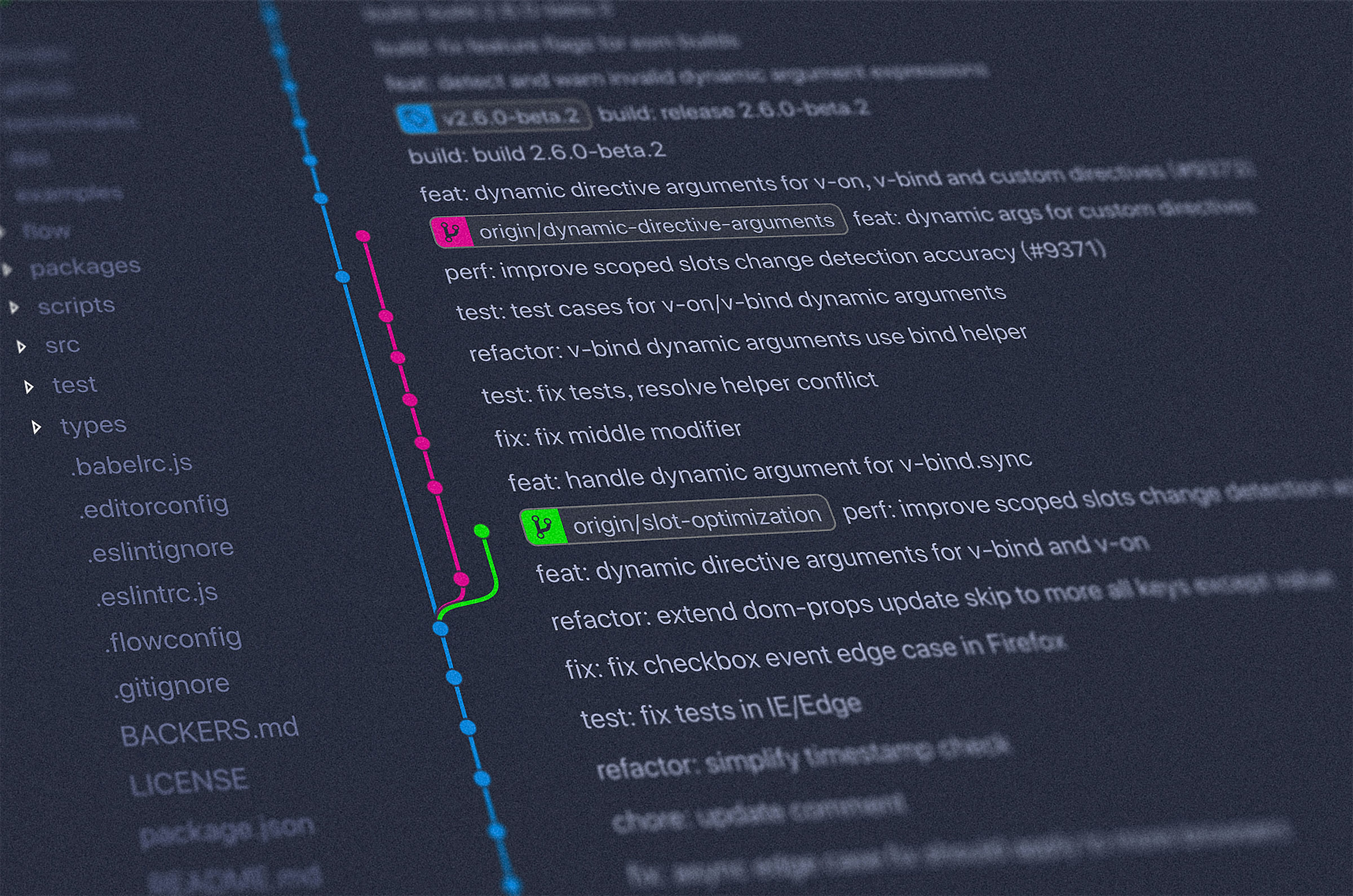






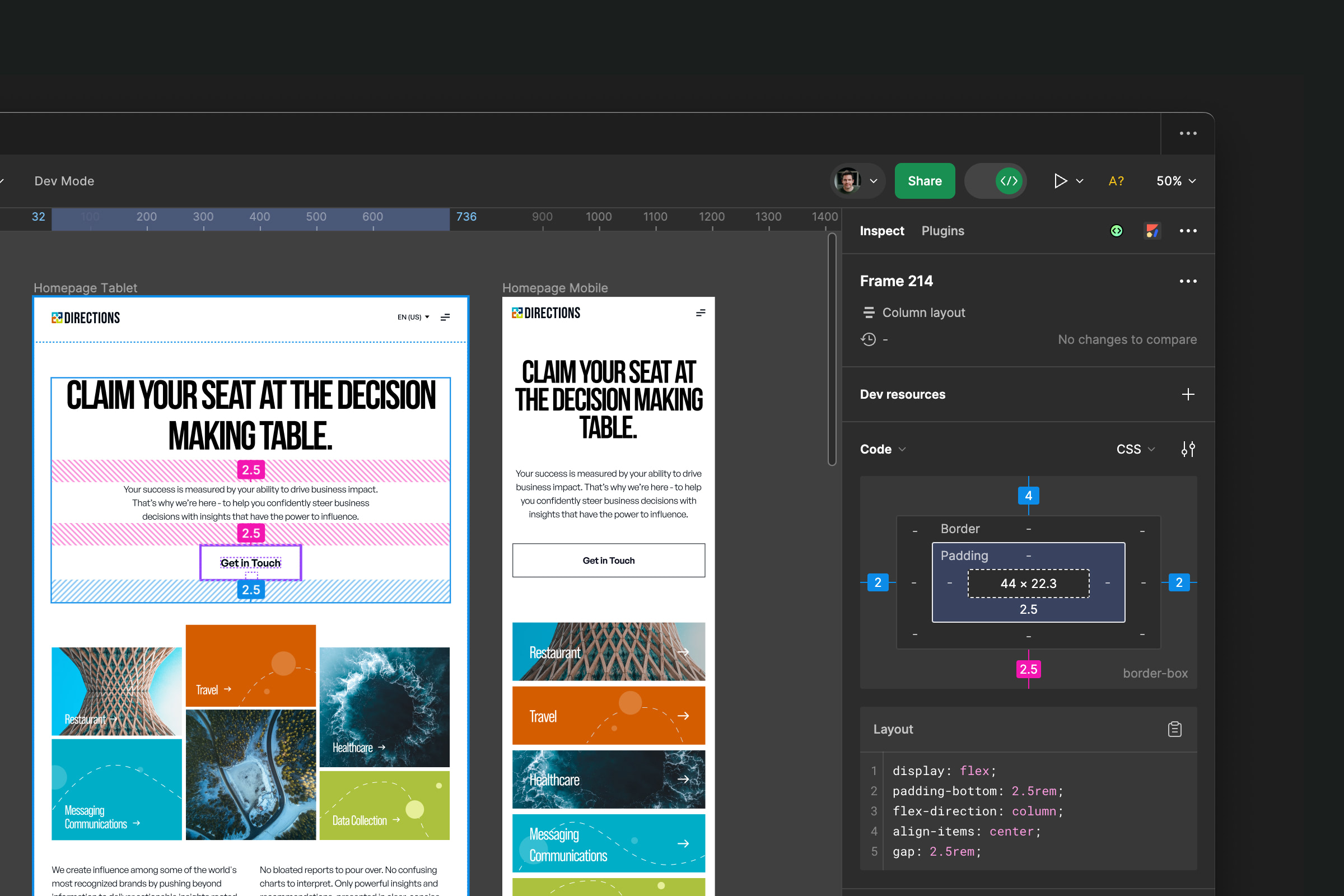






.jpeg)




.jpg)

.jpg)



.jpg)
